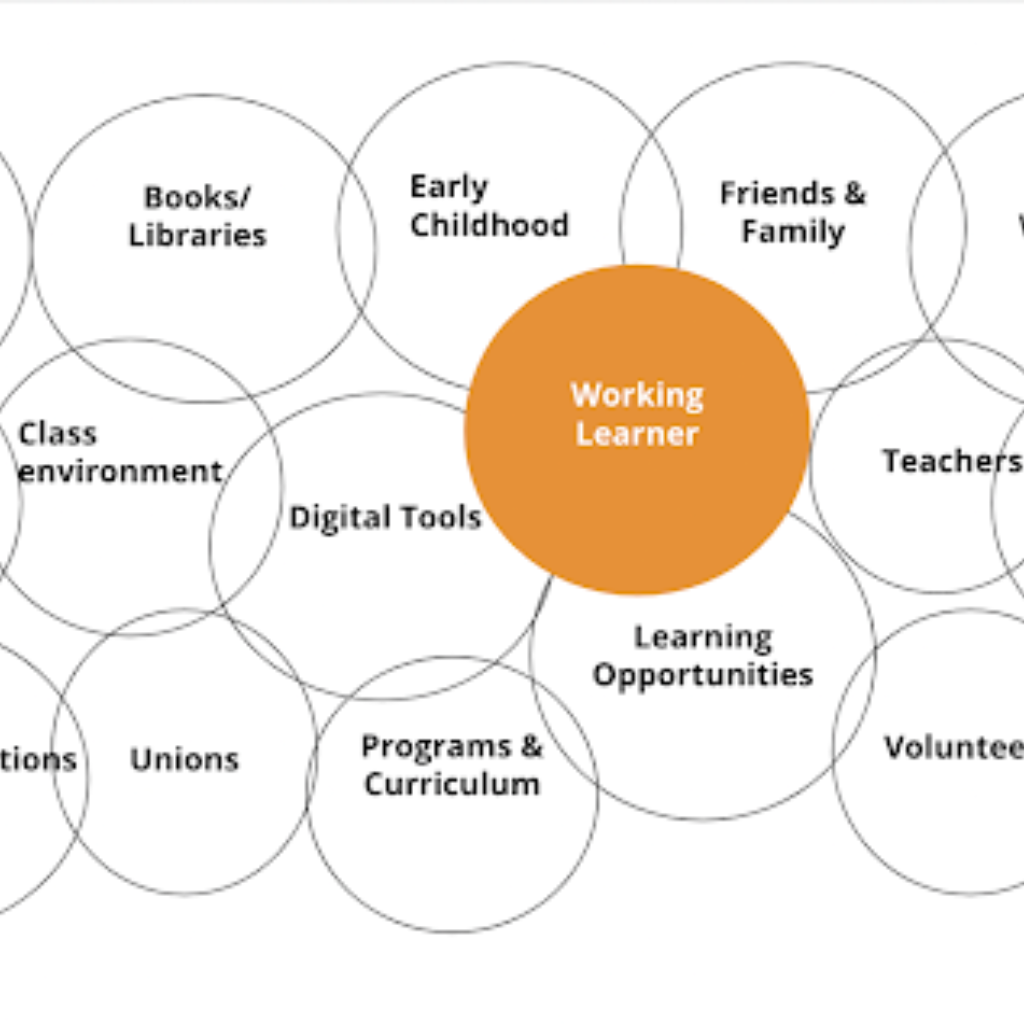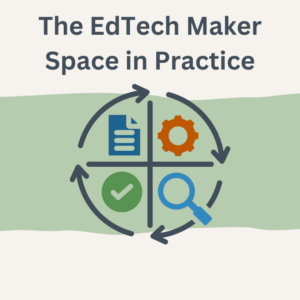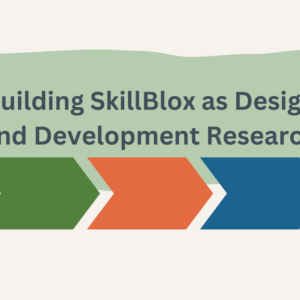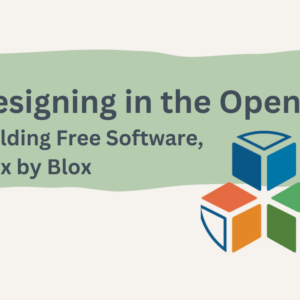
By the 21CLEO Research Team
Within the existing literature on workforce education and training initiatives, working learners are often discussed as recipients of opportunities. Less has been said about what working learners do to shape the learning ecosystem that defines the “opportunities”. In a past blog, we shared a description of what we think a learning ecosystem is. There are many components in a learning ecosystem that shape employer-supported education and training initiatives and other forms of workplace learning. These include working learners, employers, education providers, digital learning tools, sites, and sometimes unions. As with a natural ecosystem, a learning ecosystem responds as a whole when a change is made to any one of its components. In this post, we offer observations from our interviews with working learners and interested parties, each of whom participated in a series of online discussions with our team aimed at interpreting multiple views of the dimensions captured within learning ecosystems.
Different Contexts = Differing Views
Learning ecosystem components exist in a larger sociocultural and socioeconomic context, which means that any individual impacted by or a part of the ecosystem will think about it in different ways because their context is different from others involved in the ecosystem. In a convening with our research advisors, we asked them to illustrate their understanding of ecosystem. The illustration below was created by our colleague Orlando Cazarez from the Center for the Future of Arizona. He uses shapes, colors, and positioning to represent ways that learners impact and are impacted by components in a learning ecosystem. Some shapes represent support offered by friends and family and teachers while others represent the role that teachers, employers, and supervisors play in offering learning opportunities.
As seen through Orlando’s depiction, digital tools play a central role in learning (note the size of the circle). They can offer mobility to extend learning flexibility in different locations and times in or beyond working hours. Digital tools might make it possible for a working learner to go out on their own to work within the gig economy or work for themselves through entrepreneurism. Orlando’s diagram appears to communicate that working learners are connected to large entities such as labor unions and workforce systems. These organizations can connect learners to learning opportunities, and are seen as nodes of connections within some learning ecosystems.

One Perspective: Learners’ Active Role in an Ecosystem Yet Dependent on Other Parts of the Ecosystem
Our data suggest that any learning ecosystem, like that pictured above, is complex, with many moving parts that need to work together in order for a participant learner to experience success. When one or more elements “breaks down” the learner may not experience the job growth desired—even if they have successfully engaged in employer-supported “learning opportunities”. As noted above, our research has demonstrated that working learners are active participants in a learning ecosystem, so they do contribute to their own success; however, despite their best efforts and the efforts of those who provide learning, other components within the learning ecosystem can make career development difficult. For example, an employer might not recognize the value of prior training, or the learner might not have access to wifi and a computer to fully participate in it.
Interventions put in place by those delivering employer-supported education and training initiatives may or may not support the advancement of working learners. The outcome depends on the health of the different components within the learning ecosystem. For example, in a healthy workplace learning ecosystem working learners have access to things like required technologies and the support or informal mentoring of a supervisor. In contrast, when too many parts of the ecosystem are unhealthy (e.g., lack of required digital technology and a disinterested supervisor), the actions of even the most self-directed, active, and agentic learner drawing on all of the other resources available to them may be insufficient to overcome barriers to advancement.
Learners’ Agency
Learners can be change agents in the learning ecosystem. However, our data suggest that some learners’ voices seem to have more say than others. For example, Victoria is a working learner in the transportation industry, who was very vocal about learning, perhaps because she has been with the same employer for a long time, shifting jobs and roles. Conversely, Destiny’s voice appeared to be muted when she spoke up for her learning needs and the role of job advancement. Destiny, who worked in the hospitality industry, was committed to learning as part of her job but opportunities to do so dried up for a number of reasons. In sum, while working learners need to both be vocal about their own needs and adapt and shift to meet the contexts, often there is often no place for their voice to be heard, and the efforts they make go unacknowledged.
Within a learning ecosystem, a change in one element, such as the actions taken by working learners, impacts the other elements. In a healthy learning ecosystem, those other factors, such as supervisors, employers, education providers, etc. need to be able to change in response to the shifting needs of the working learner.




